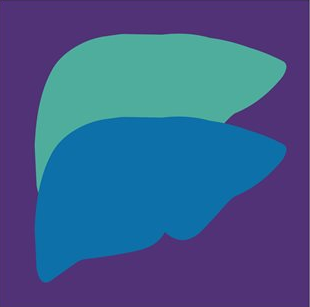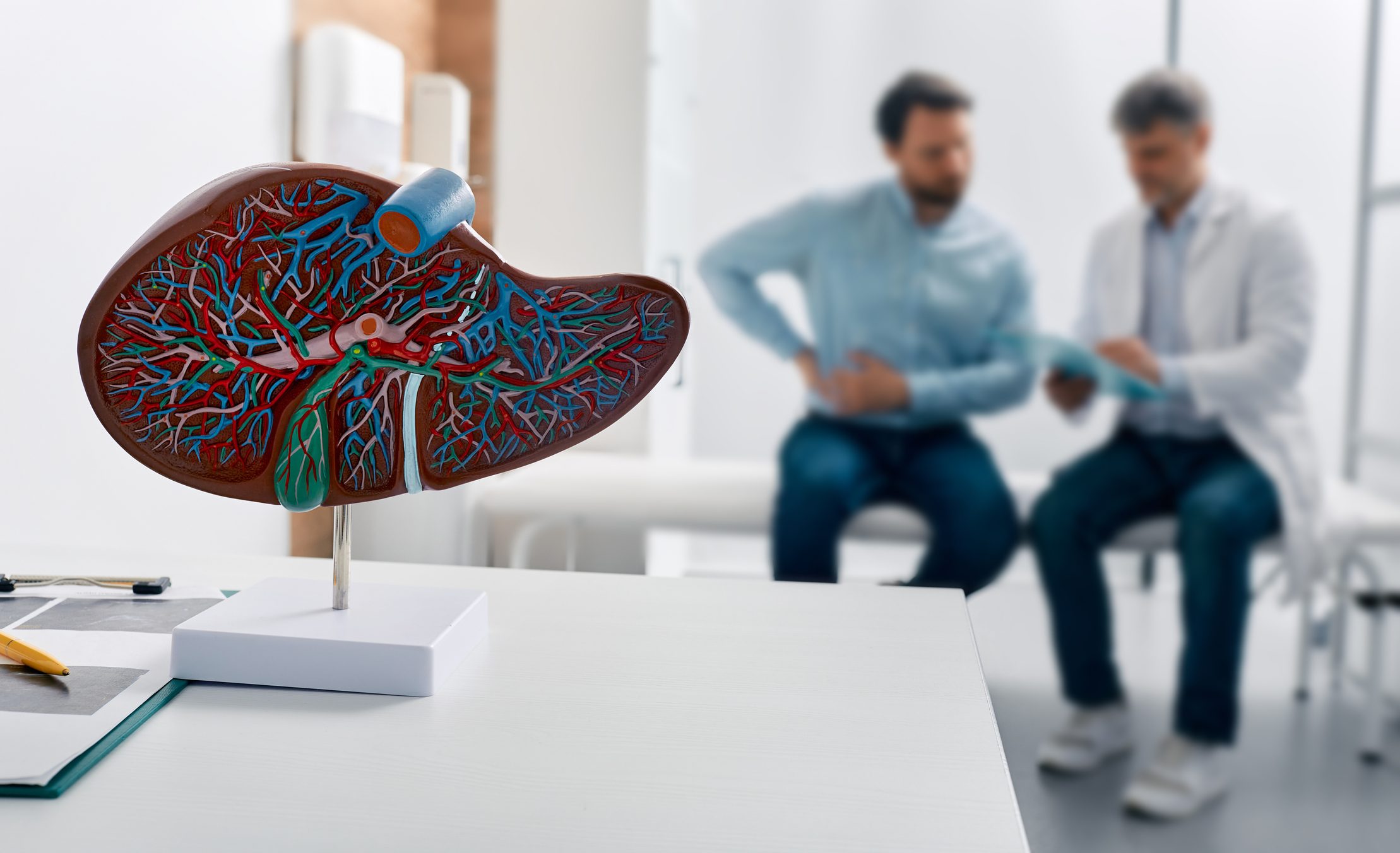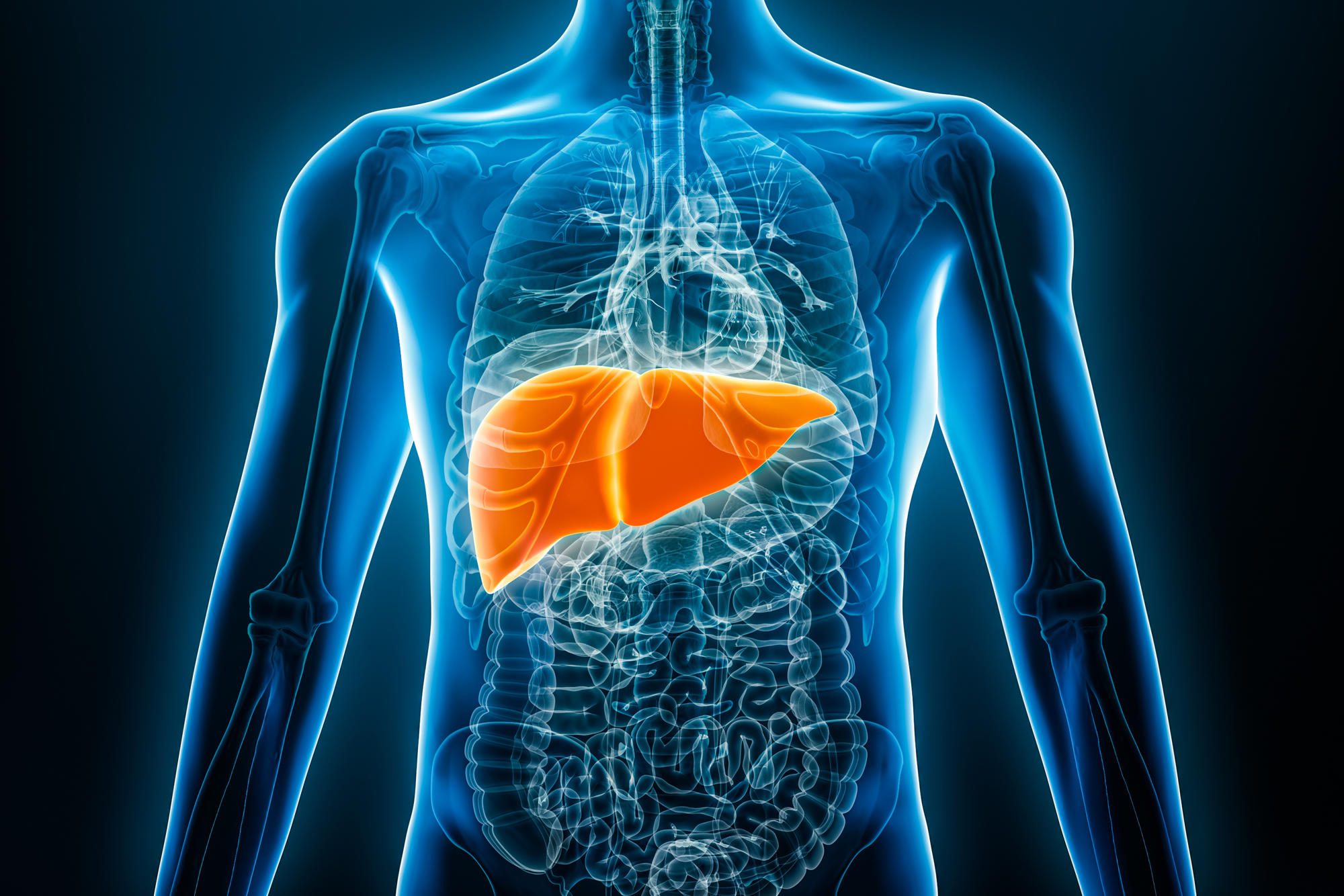Reducing liver transplant waiting lists

The increased need for transplantation is widely recognised, as emphasised by National Health Service Blood and Transplant (NHSBT)’s 2020 strategy. Current trends predict that 10% of waiting list patients will die whilst waiting for a suitable donor organ to become available.
To address this shortage of suitable liver grafts for donation for transplantation, a sustained theme of clinical and basic scientific research has been developed in Birmingham to maximise the use of “marginal donor livers”, thus directly increasing the number of recipients who can safely undergo liver transplantation.
Birmingham has been at the forefront of a novel normothermic perfusion technique (NMLP) for graft preservation prior to liver transplantation since being a major contributor to a phase I clinical study in 2013. This work was originally supported by the NIHR Liver Biomedical Research Unit (BRU) and continues to be supported by the BRC infrastructure.
Led by Dr Simon Afford and Mr Hynek Mergental, the Liver BRU developed an innovative red-cell based perfusion fluid, and created a protocol designed to provide an objective measure of viability testing of extended criteria donor livers. This led to successful Wellcome HIC funding in conjunction with OrganOx (a UK SME) for a phase 2 clinical trial to ‘resuscitate’ organ grafts which would have otherwise been discarded due to poor quality.
Results from the VITTAL trial (Viability Testing and Transplantation of Marginal Livers) were published (Nature Communications; June 2020) showing that up to 7 in every 10 donor livers which would otherwise have been rejected could be used after just 4-6 hours of the NMLP assessment. This could have significant implications for the liver transplant waiting list and the commissioning of transplant services.
Birmingham was also the largest recruiter (47%) to a phase 3 Consortium for Organ Preservation in Europe (COPE) multi-centre trial (Nature; April 2018) which confirmed the benefits of the dynamic organ preservation technology. Machine perfusion training (by way of focussed PhDs) is being undertaken in Birmingham to cement use of this technology in clinical service.
Thus far, the research has meant that more patients on the transplant waiting list have been offered the chance of a lifesaving transplant thanks to an increased donor pool via increased utilisation of discarded donor livers.
Our research has also impacted on clinical guidelines; it informed the recommendation from National Institute for Clinical Excellence (NICE) in January 2019, who stated that ex vivo machine perfusion of livers for transplantation could be used under special arrangements as more data are gathered into its efficacy. There has also been a change in clinical practice at several liver transplant centres in the UK, with many now using this technology within clinical trials or within an expansion of service evaluation.
Latest case studies

Reducing liver transplant waiting lists
The increased need for transplantation is widely recognised, as emphasised by National Health Service Blood…


